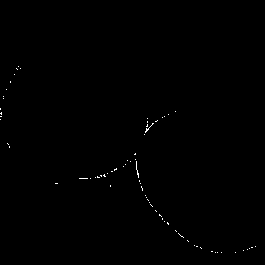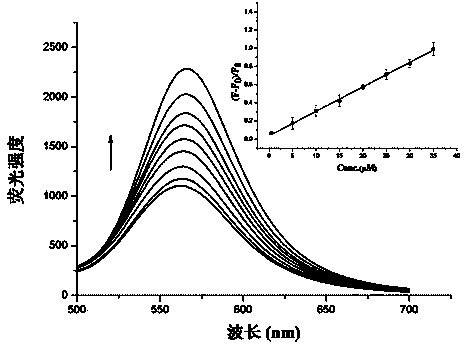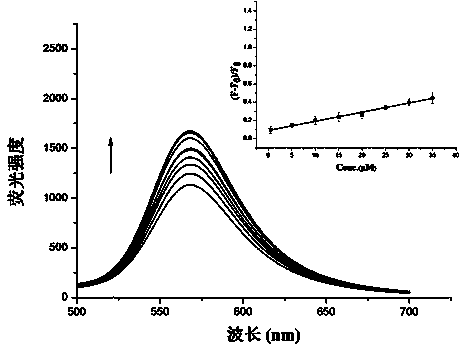Preparation method for fluorescent molecular imprinted probe
A molecular imprinting and fluorescent technology, applied in the field of preparation of quantum dot fluorescent probes, can solve the problems of cumbersome extraction process, high price of natural antibodies, poor stability, etc.
- Summary
- Abstract
- Description
- Claims
- Application Information
AI Technical Summary
Problems solved by technology
Method used
Image
Examples
Embodiment
[0024] A method for preparing fluorescent molecularly imprinted probes, using cadmium telluride quantum dots as fluorescent elements, silicon-coating cadmium telluride quantum dots as a carrier, phenylphosphonic acid as a substitute template molecule, surface imprinting and antigen The determinant method for synthesizing molecular imprinting probes includes the following steps:
[0025] 1) Mix 0.0636 g tellurium powder (Te), 0.363 g NaBH 4 Mix it with 8 mL of ultrapure water, and reduce the tellurium powder under nitrogen protection and stirring to obtain NaHTe solution. When the reaction solution turns from purple to white, quickly add NaHTe solution to CdCl containing mercaptopropionic acid (MPA). 2 In solution, CdCl containing mercaptopropionic acid (MPA) 2The volume ratio of the solution is 12.5 mL CdCl 2 , 53 μL of mercaptopropionic acid and 180 mL of ultrapure water, and then adjust the pH of the solution to 10.0 with a NaOH aqueous solution with a concentration of 1.0...
PUM
 Login to View More
Login to View More Abstract
Description
Claims
Application Information
 Login to View More
Login to View More - R&D
- Intellectual Property
- Life Sciences
- Materials
- Tech Scout
- Unparalleled Data Quality
- Higher Quality Content
- 60% Fewer Hallucinations
Browse by: Latest US Patents, China's latest patents, Technical Efficacy Thesaurus, Application Domain, Technology Topic, Popular Technical Reports.
© 2025 PatSnap. All rights reserved.Legal|Privacy policy|Modern Slavery Act Transparency Statement|Sitemap|About US| Contact US: help@patsnap.com



